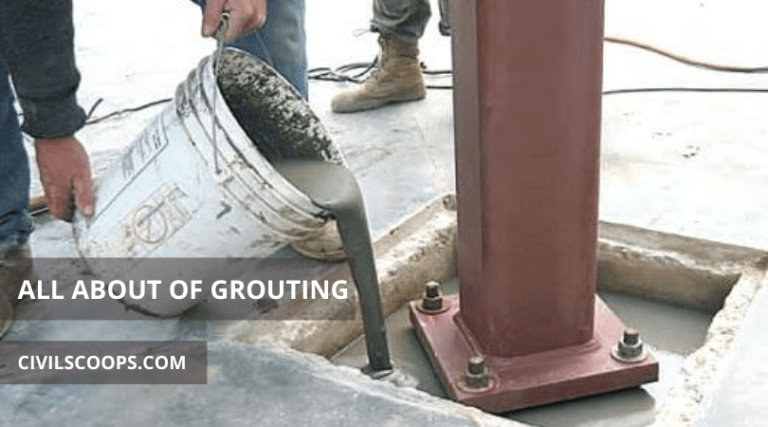Building Layout | How to Building Layout | Construction Layout Techniques
Building Layout The true intention and intent of setting out (layout) are to move the plan, length, and width of the base on the ground so that the foundation can be excavated for the construction of the intended building according to the drawing. Before actually preparing the construction of the building, the following preliminary works…









